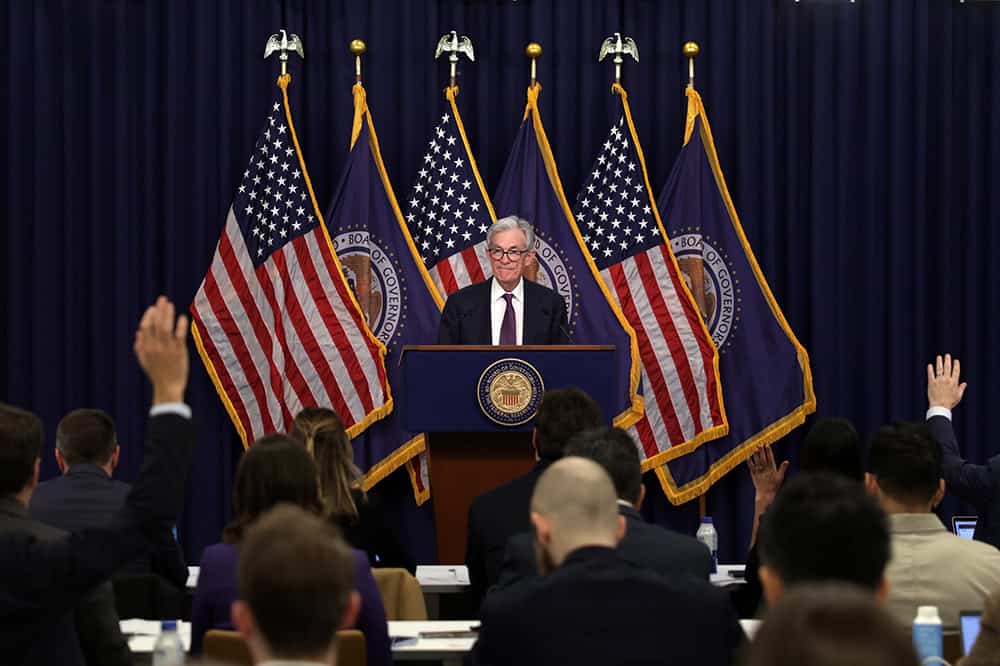Statement from Michael Peterson on Fiscal Cliff Agreement
“The agreement to avert the fiscal cliff is a necessary step to protect the fragile economic recovery in the short term. But the agreement obviously does not address the fundamental fiscal challenges that our nation faces.
The goal of any sustainable fiscal policy must be to stabilize the debt as a share of the economy and put it on a downward path. Until we have a plan that stabilizes our federal debt, uncertainty and lack of confidence will continue to be a drag on our current economy and threaten our future prosperity.
The fiscal cliff was a significant missed opportunity to put the nation on a sustainable fiscal path. The President and Congress must continue to work toward a comprehensive fiscal plan that addresses the major drivers of our deficits and stabilizes the debt for the long term.
There is no shortage of fiscal policy options that can stabilize the debt over the long term, while protecting the fragile recovery and the most vulnerable in our society. The sooner we agree on a sustainable bipartisan fiscal plan, the better.”
Further Reading
Budget Basics: Unemployment Insurance Explained
The Unemployment Insurance program is a key counter-cyclical tool to help stabilize the economy and speed recovery during downturns or crises.
Quiz: How Much Do You Know About Healthcare in the United States?
The United States has one of the largest and most complex healthcare systems in the world. Take our healthcare quiz to see how much you know about the cost and quality of the U.S. healthcare system.
The Fed Reduced the Short-Term Rate Again, but Interest Costs Remain High
High interest rates on U.S. Treasury securities increase the federal government’s borrowing costs.


